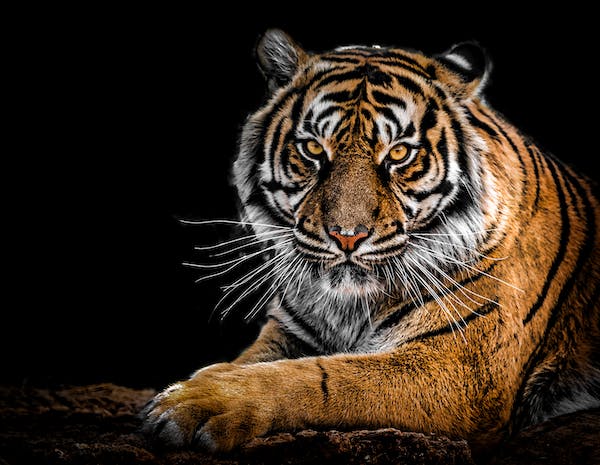The Okavango is a unique ecosystem of papyrus-lined waterways, knee-deep floodplains, water-lily lagoons, shady forest glades and rich savannah grasslands.
All this abundance lies in the middle of the largest continuous stretch of sand in the world – the Kalahari Desert Basin. Seen from space as an emerald swirl surrounded by a parched landscape, the Okavango Delta is an incredible source of life in a country that is 80% arid.
Rather than a delta, it is in fact an alluvial fan of sediment and debris, which filled a trough formed by the sinking of the earth’s crust, between a series of parallel faults across the Okavango River.
The Delta is fed by the Okavango River originating over 800 miles (1,280 km) away in the highlands of Angola. The Angolan highlands have an average rainfall of between 1,200 and 2,000mm per year, compared to around 400-600mm in the Okavango.
The delta therefore fluctuates in size depending on local rains and the Angolan floodwaters.
The spill over from the rising river starts pushing gently into the Okavango in January and reaches a peak at the top of the Okavango in about May.
By June or July each year (depending where you are within the Okavango), the water levels are at their maximum. The lure of the Okavango and its extraordinary range of habitats provide the perfect environment for African animals to thrive and people to watch them.
Great herd of antelopes, zebra, buffalo and elephants roam the pastures, and lions, leopards, cheetahs and all the other carnivores prosper.
As Moremi Game Reserve contains large areas of constant water, game viewing during the dry season is particularly good as animals are drawn to the permanent water sources.
There are no fences between Moremi and the private reserves so the entire Okavango merges into a unified animal kingdom of grand proportions.
Each area has its own particular habitats, resident herds and familiar predators, and night drives in the private reserves, (also soon to be permitted in Moremi), often reveal secretive animals like porcupine, pangolin, aardwolf and genet.
For expert help with planning an Okavango safari, book with Greenlife Africa Safaris
Wet Season: November to March is the hot rainy season and the roads can be quite bad. The advantage of this time of year is that most of the animals give birth, providing a wonderful game watching experience. The landscape is lush and green and there is an abundance of wild flowers.
Dry season: April to October is the dry season and the drier it becomes the easier it is to spot animals close to permanent water holes. At this time much of the Okavango dries out, apart from permanent rivers in Moremi Game Reserve and the northern reaches of the Okavango. The heat starts to build in earnest from October onwards.

